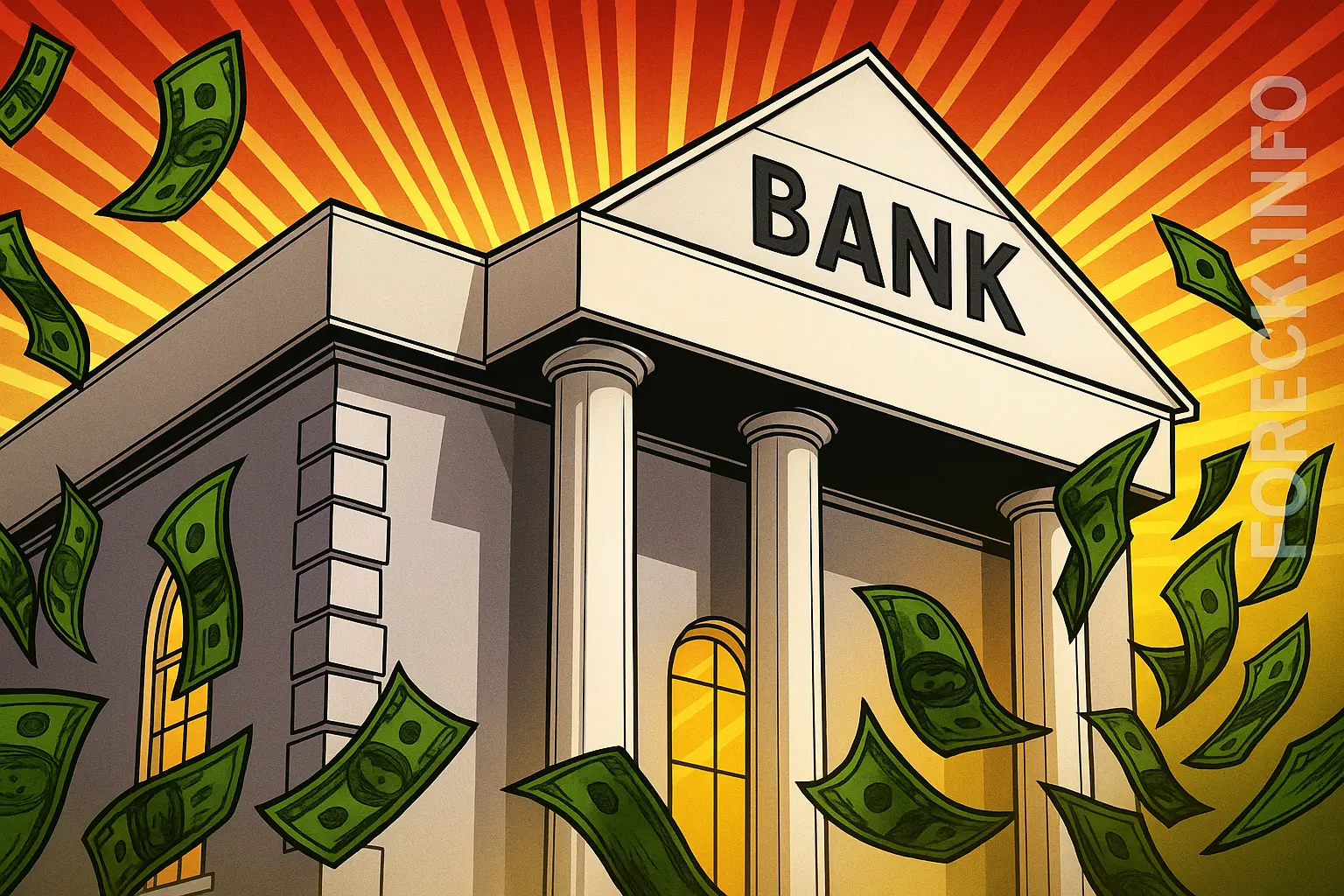"The product didn’t initially launch because the regulatory environment was highly uncertain for large institutional investors. Now, with a friendlier regulatory climate under President Donald Trump, institutional interest has returned, and we are positioned to serve clients once again," said Kedia.
U.S. Bancorp originally rolled out its crypto custody service in 2021. However, regulatory actions by the Securities and Exchange Commission (SEC) during the Biden administration led to a pullback, as legal scrutiny spooked major investors. The current political landscape, more favorable toward digital assets, has renewed the bank’s confidence in its offering.
Stablecoins are now a particular focus. Kedia revealed that the bank is actively observing stablecoin payment trends and already conducting pilot projects related to digital dollar tokens. Potentially, U.S. Bancorp could issue its own stablecoin, possibly in partnership with other institutions. The bank is also prepared to provide core infrastructure for the stablecoin ecosystem, including custody of reserve assets and escrow services—though specific roles are yet to be defined.
"Currently, there’s significant discussion around stablecoin payments, and we are actively exploring it. Most of the transaction volume in stablecoins—around 90%—is still limited to crypto-to-crypto trading," noted Kedia.
The move comes as the US Senate advances the Guiding and Establishing National Innovation for U.S. Stablecoins (GENIUS Act), expected to provide regulatory clarity for the issuance and use of stablecoins. The act, having bipartisan support, now proceeds to the House of Representatives for further review.
Kedia emphasized that many structural and legal questions remain, but the GENIUS Act could provide the clear framework necessary for robust stablecoin initiatives: "There are still many things to organize before our role in this market is fully defined."
According to Coinbase, global stablecoin ownership reached 161 million users, with transaction volumes hitting a record $719 billion in December 2024 and $717.1 billion in April 2025—figures that rival those of major global payment networks like Visa.
Furthermore, US Treasury Secretary Scott Bessent projected that the market capitalization of dollar-backed stablecoins could exceed $2 trillion in the coming years if current growth rates persist.

